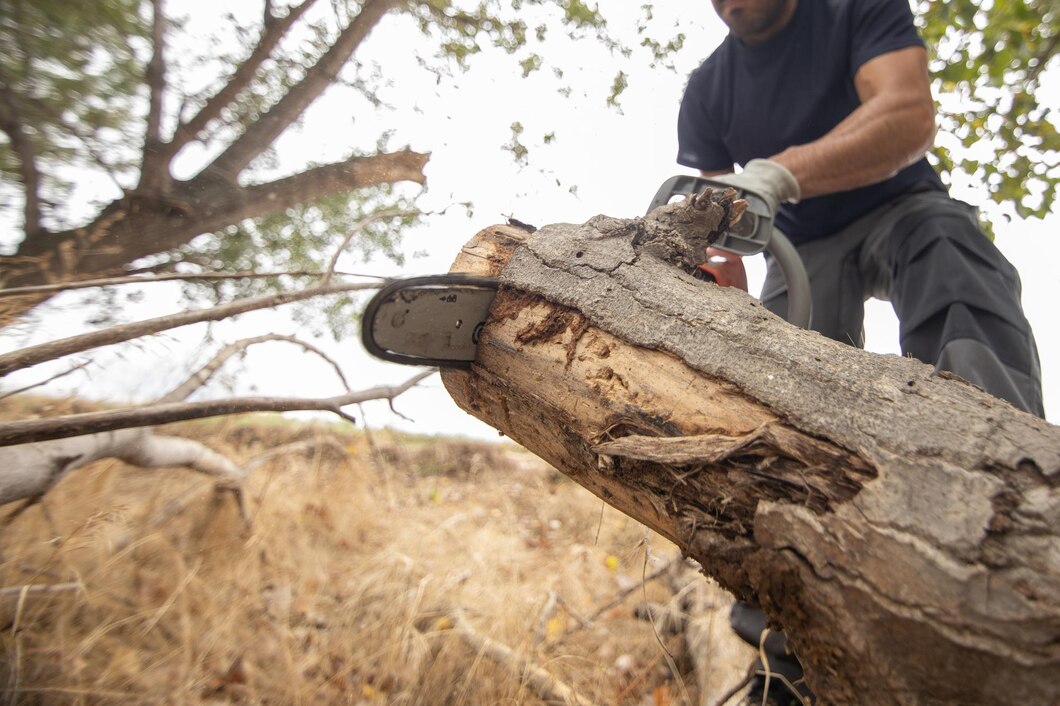Have you ever dreamt of soaring through the skies, free from the confines of terrestrial travel? Learning to fly a helicopter can transform this dream into a thrilling reality. With the right guidance and training, the sky is literally your new highway.
Embarking on helicopter flying lessons is not just about learning to pilot; it’s an adventure that opens up a world of possibilities. From the exhilaration of taking off to the breathtaking views from above, it’s an experience that combines challenge with the thrill of flying.
Let’s explore the top reasons why embarking on helicopter flying lessons is an adventure worth considering.
Unmatched Freedom and Flexibility
Helicopter pilots enjoy an unparalleled sense of freedom in the air. Unlike aeroplanes, helicopters can hover, fly backwards, and access remote locations. Whether it’s landing on a secluded beach or reaching areas that are otherwise inaccessible, helicopter flying offers an extraordinary level of flexibility.
Career Opportunities
The skills acquired from comprehensive helicopter training can open doors to various career paths. From becoming a tour pilot, offering breathtaking aerial tours, to roles in emergency medical services, law enforcement, and even the entertainment industry, the opportunities are vast and varied.
Unique Perspective on the World
Flying a helicopter offers a unique vantage point that few get to experience. From high above, you’ll witness landscapes and cityscapes in entirely new ways. This perspective can not only be profoundly beautiful but also offers a sense of peace and detachment from the hustle and bustle of daily life.
Challenging and Rewarding
Learning to pilot a helicopter is undeniably challenging. However, it’s this very challenge that makes it so rewarding. Mastering the controls and navigating the skies requires dedication, focus, and a willingness to learn. The sense of achievement in obtaining your pilot’s licence is unparalleled.
Personal Growth and Confidence
The journey to becoming a proficient helicopter pilot is also a journey of personal growth. Students develop critical thinking, decision-making, and spatial awareness skills. Each lesson enhances confidence, not just in flying but in one’s ability to tackle new and demanding situations.
The Sky’s the Limit
Taking helicopter flying lessons is more than learning to operate an aircraft; it’s about unlocking a world of possibilities. Whether you’re drawn to the freedom, the career opportunities, or the challenge, learning to fly a helicopter is an investment in yourself and your future. With each lesson, you’re not just closer to mastering the skies; you’re also on a path to discovering new horizons within yourself.
Embarking on this journey requires a reliable and experienced training centre. For those looking to take the first step, finding a school that offers top-notch helicopter training is crucial. It’s your gateway to the skies, offering professional guidance, support, and the skills needed to fly high.
Remember, the sky is not the limit; it’s just the beginning. Unleash your potential and explore the world from a new perspective. Flying a helicopter is an adventure like no other, and it all starts with that first lesson.
In wrapping up, the journey to mastering helicopter flying is both exhilarating and empowering. Whether it’s for a career path or the sheer joy of flying, the sky is literally the limit. For those looking to expand their horizons even further, exploring the basics of aviation offers a broad understanding of the principles that make flight possible, enriching your aviation journey.
…










